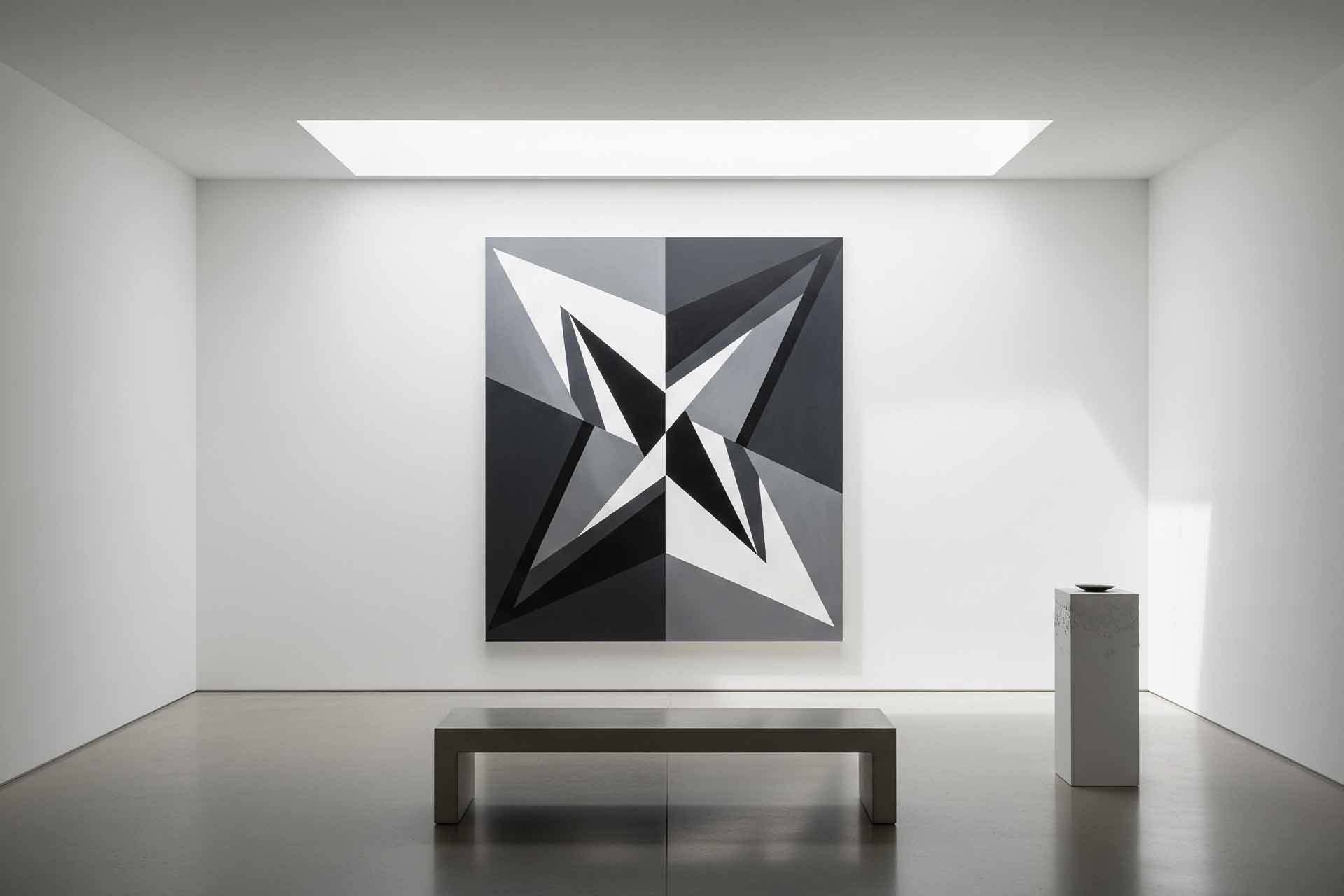
In a world overflowing with information, images, and distractions, minimalism in modern art offers a refreshing breath of clarity. By stripping away excess and focusing on essentials, minimalism invites us to see beauty in simplicity. What may look like “less” on the surface is, in fact, an art form that speaks volumes through subtlety, balance, and space.
The Origins of Minimalism
Minimalism emerged in the 1960s as a response to the complexity and emotional intensity of abstract expressionism. Artists like Donald Judd, Frank Stella, and Agnes Martin rejected dramatic gestures and instead embraced clean lines, simple shapes, and limited color palettes. Their goal was not to overwhelm the viewer but to create calm, reflective experiences through art.
Why Minimalism Resonates Today
Minimalism is not just an artistic style—it has become a cultural philosophy. In the digital era, where we are bombarded with constant stimuli, minimalist art resonates deeply because it:
- Encourages Focus: Simplicity directs the eye to what truly matters.
- Invites Reflection: Open spaces allow viewers to project their own thoughts and feelings.
- Offers Balance: Clean forms and muted tones bring a sense of harmony in chaotic times.
- Feels Timeless: Unlike fast-changing trends, minimalist art carries a universal and enduring appeal.
Minimalism Beyond the Canvas
Minimalism has expanded beyond galleries and now influences many aspects of modern life:
- Interior Design: Clean spaces, neutral tones, and functional layouts.
- Graphic Design: Simple logos and bold typography dominate brand identities.
- Photography: Focus on light, shadow, and composition rather than clutter.
- Fashion: Monochrome outfits and streamlined silhouettes reflect minimalist aesthetics.
This shows that minimalism is not just an art movement but a lifestyle of intentional simplicity.
How Artists Can Embrace Minimalism
Minimalism may seem easy at first glance, but creating impactful simplicity requires intention. Artists looking to experiment with minimalism can:
- Limit their color palette to one or two tones.
- Use geometric shapes and repetition for structure.
- Explore negative space as an active part of the artwork.
- Focus on clarity instead of decoration.
The challenge is not about doing less—it’s about expressing more with less.
Conclusion
Minimalism in modern art reminds us that simplicity is powerful. It strips away distractions and invites us to slow down, observe, and appreciate the essence of beauty. In a fast-paced world, minimalism offers not emptiness but space—a canvas where imagination, peace, and meaning can truly breathe.